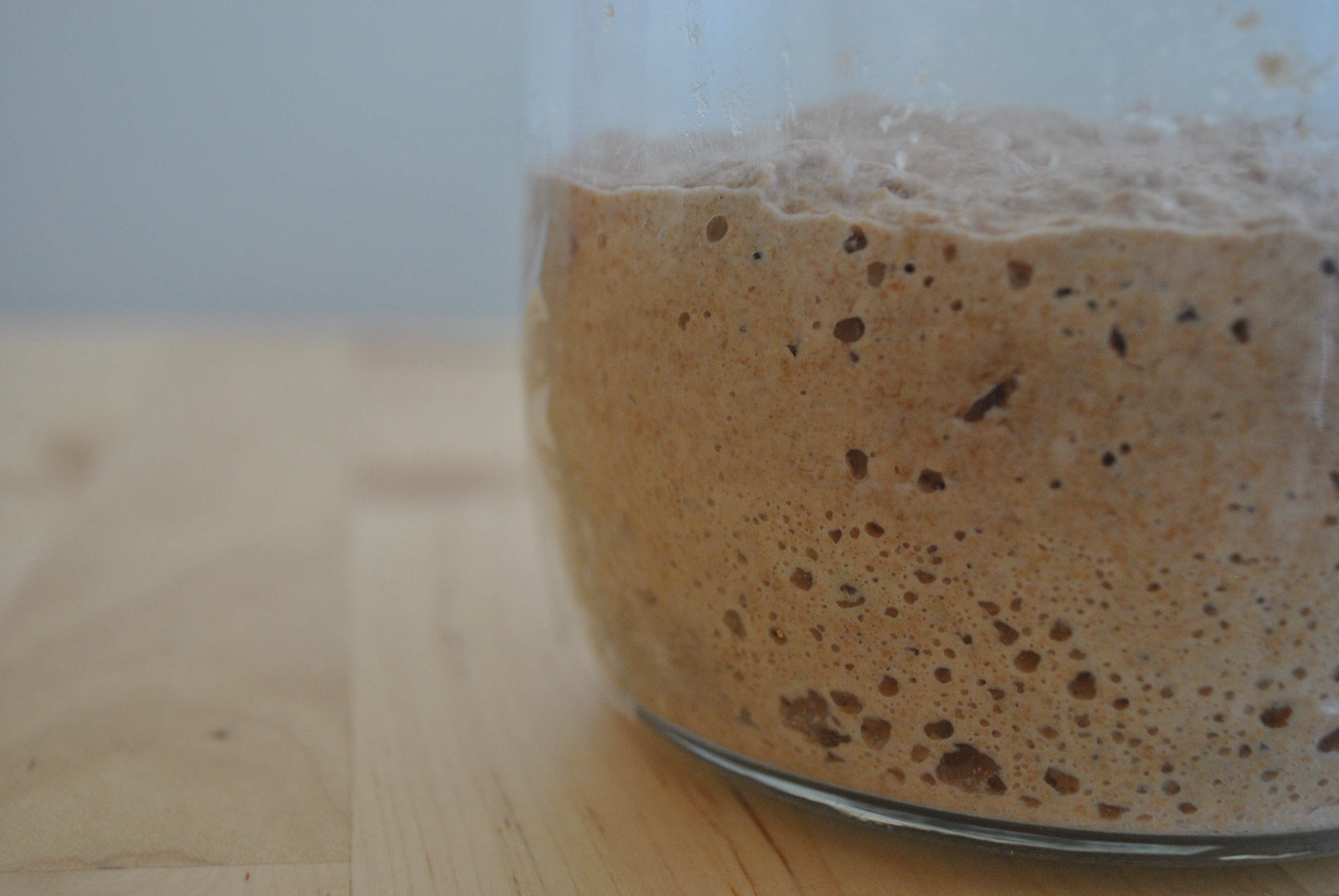
Eating our way to a greener climate
In discussions around Climate Change, we often focus on industrial emissions, driving cars, and powering our homes. Another significant contributor to greenhouse gas (GHG) production is our agricultural system and food consumption habits. According to research published in the journal Science in 2018, “Today’s food supply chain creates ~13.7 billion metric tons of carbon dioxide equivalents (CO2eq), 26% of anthropogenic GHG emissions. A further 2.8 billion metric tons of CO2eq (5%) are caused by nonfood agriculture and other drivers of deforestation” As such, the way we choose to eat can have a huge impact on the development of Climate Change.
The Food and Agriculture Organization of the United Nations notes that of the land devoted to agriculture (which is approximately half of terrestrial land) 80% is dedicated to livestock. This includes both pasture and land growing feed crops. As such, the average (meat-eating) diet in the US results in double the emissions of the average vegetarian diet. Meat production is simply not calorie-efficient. Meat provides 17% of global calories consumed, but takes double that to grow, according to a 2013 article from the Economist. The Economist also notes that it takes “about 15,000 litres of water to produce a kilo of beef but only 1,250 litres for a kilo of maize or wheat.”
With just this information (only the beginning of food’s role in Climate Change) it’s clear that there are plenty of opportunities to improve our “carbon foodprint”. Cutting down on meat consumption – particularly beef grown on factory farms is a great place to start! We can also work on cutting down on food waste given that half of the food produced annually is thrown out or spoils before it can be eaten. We can buy locally grown food or try growing more food for ourselves and neighbors to minimize the energy required to get produce to our tables. And we can eat organic – cutting back on the petroleum-based pesticides and fertilizers that prop up our conventional agriculture system.